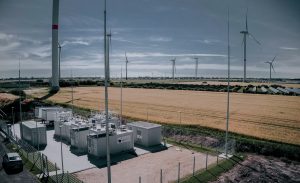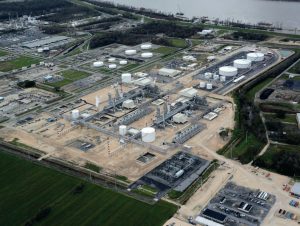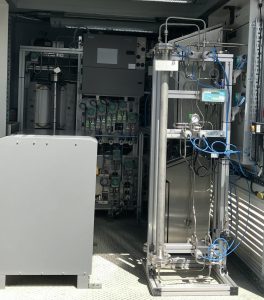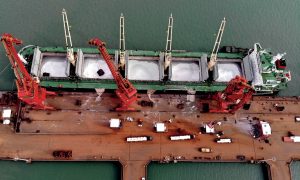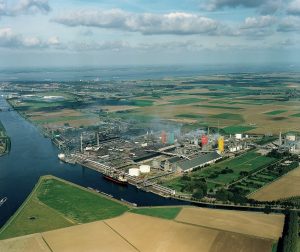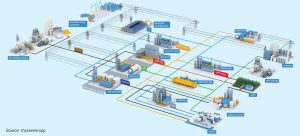
Ready for large-scale decarbonisation
Erika Niino-Esser of thyssenkrupp Industrial Solutions explains the importance of thyssenkrupp’s technologies for sustainable hydrogen and ammonia value chains in the global energy transition, and how they are contributing to a climate-neutral world. Several novel green hydrogen projects are also highlighted.

